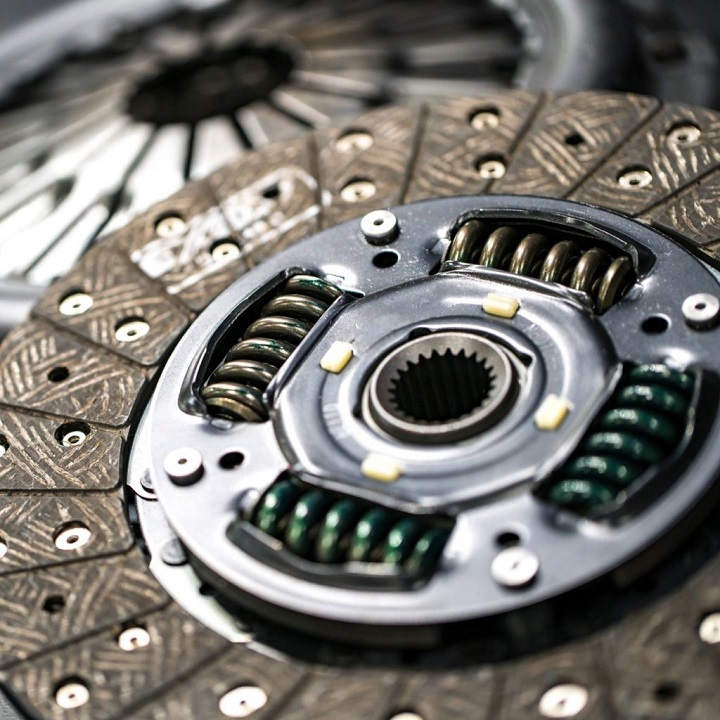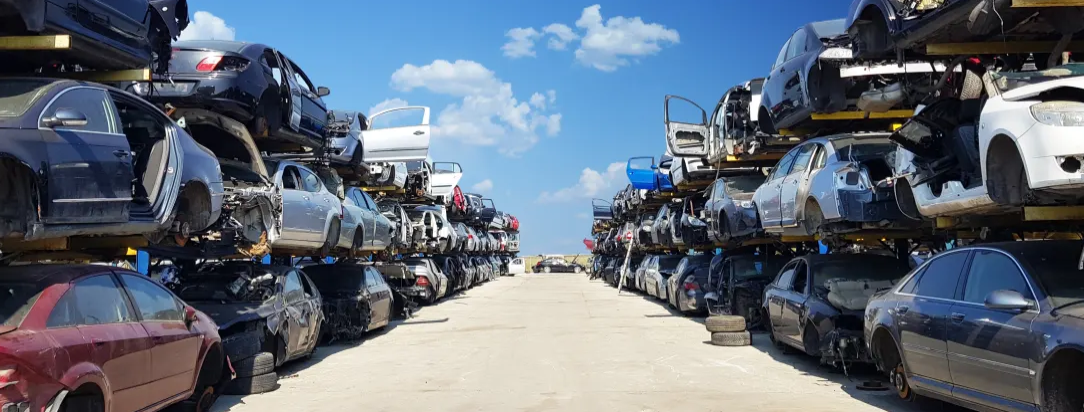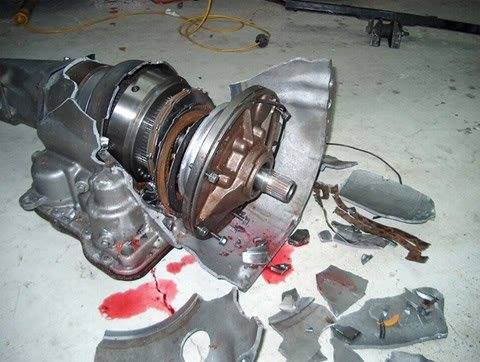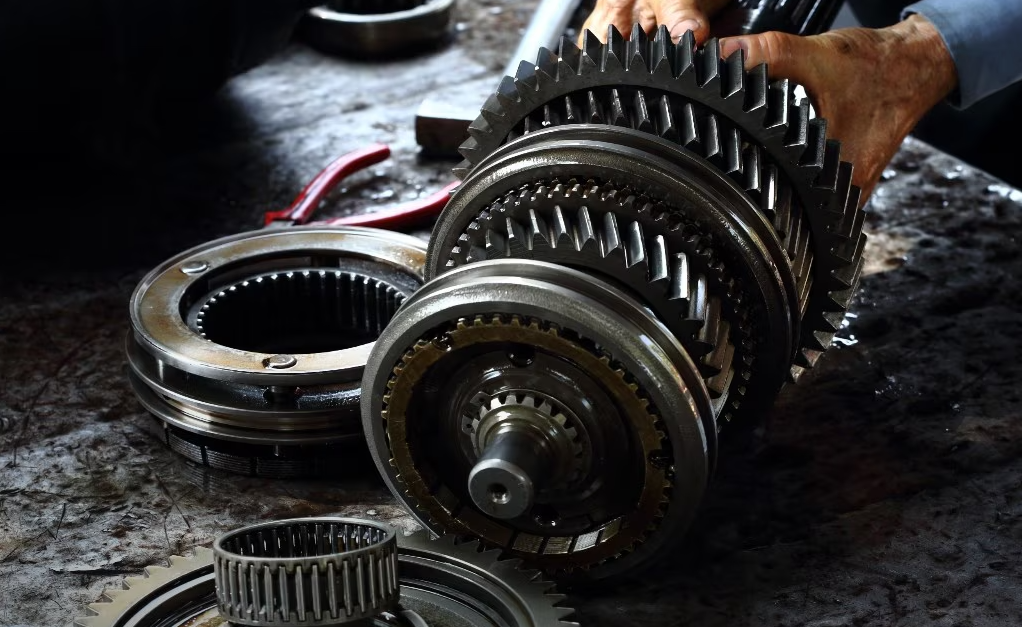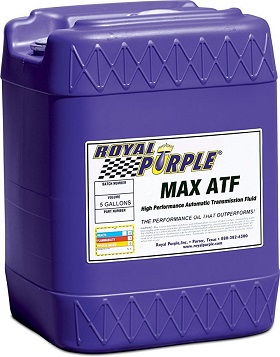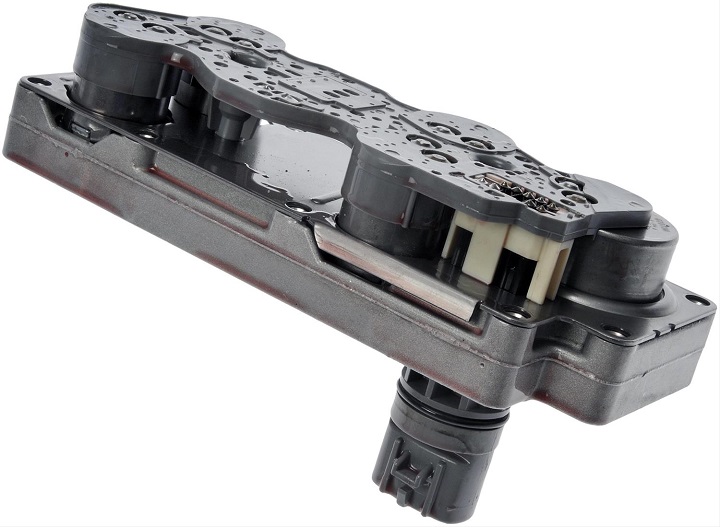Bad clutch or good clutch How to know
Bad clutch or good clutch How to know . Knowing when to replace a clutch depends on various factors such as driving habits, vehicle type, and maintenance. Typically, a clutch lasts between 50,000 to 100,000 miles under normal driving conditions. Signs it’s time for a replacement include slipping gears, a burning smell, or unusual noises when engaging the clutch. Additionally, if you notice a significant decrease in acceleration or a change in the clutch pedal’s resistance. Furthermore it could indicate impending failure. Regular maintenance check-ups can help identify wear and tear early on. While preventing more extensive damage to the transmission system. Ultimately, consulting a mechanic for an assessment is advisable if you suspect clutch issues to ensure safety. While avoiding costly repairs down the road.
The master and slave cylinders work together to engage and disengage the clutch mechanism, facilitating gear changes in manual transmission.
The master cylinder is typically located on the firewall of the engine compartment, near the brake master cylinder. It contains hydraulic fluid and is connected to the clutch pedal inside the vehicle. When the clutch pedal is depressed, the master cylinder creates hydraulic pressure. While hydraulic fluid is transmitted through hydraulic lines to the slave cylinder.
Together, the master and slave cylinders form a hydraulic linkage that allows for smooth and efficient operation of the clutch system. By converting the mechanical force from the clutch pedal into hydraulic pressure, they ensure precise control over clutch engagement. In fact it results in smoother gear changes and overall driving experience in manual transmission vehicles.
Call us at The Transmission Clinic to schedule an appointment 585.509.5300
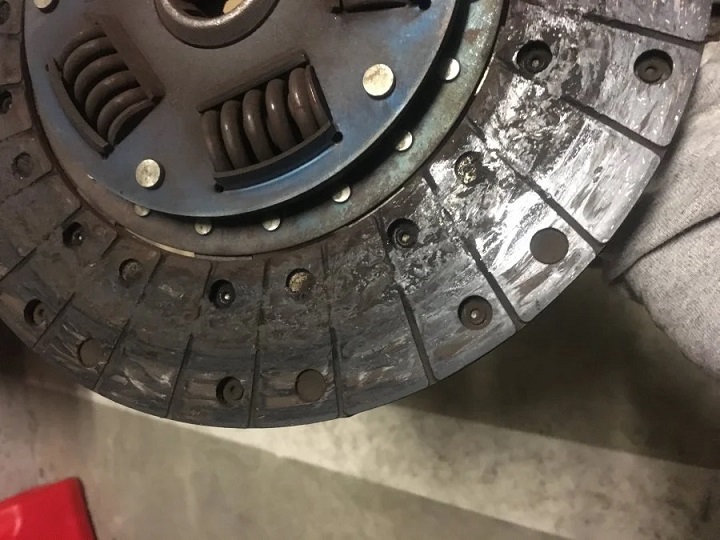
A shiny appearance on a car’s clutch could indicate wear or overheating. Friction between the clutch disc and pressure plate during engagement causes heat and abrasion, leading to a polished surface. Excessive slipping or aggressive driving can exacerbate this effect, resulting in a smoother, shinier appearance. Additionally, contaminants like oil or grease on the clutch components can cause glazing, further increasing shine. While some level of shine is normal, excessive polishing may indicate a worn clutch requiring replacement. It’s essential to monitor clutch performance for signs of slipping, grabbing, or unusual noises, as these can indicate underlying issues. Regular maintenance, including checking for leaks and adjusting clutch engagement, can help prolong clutch life and prevent premature wear. If concerned about clutch condition, consult a qualified mechanic for inspection and necessary repairs
